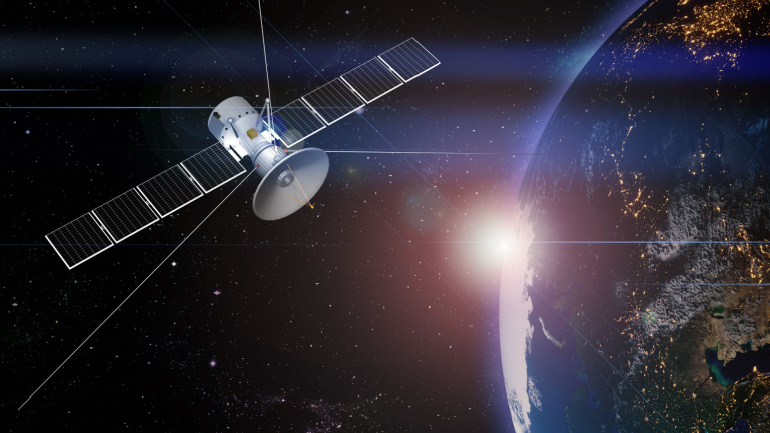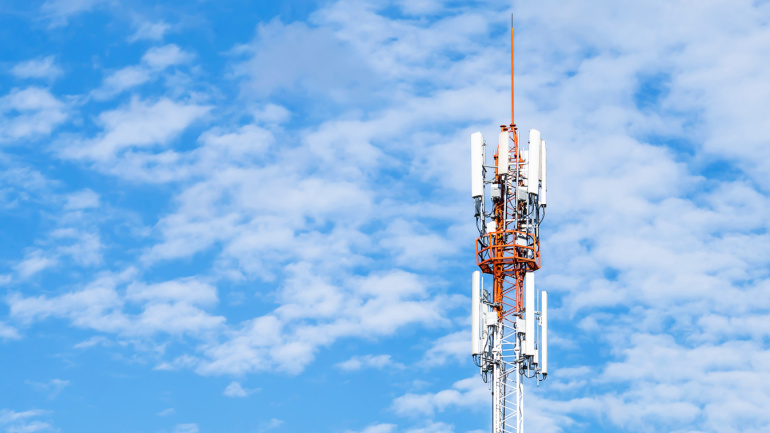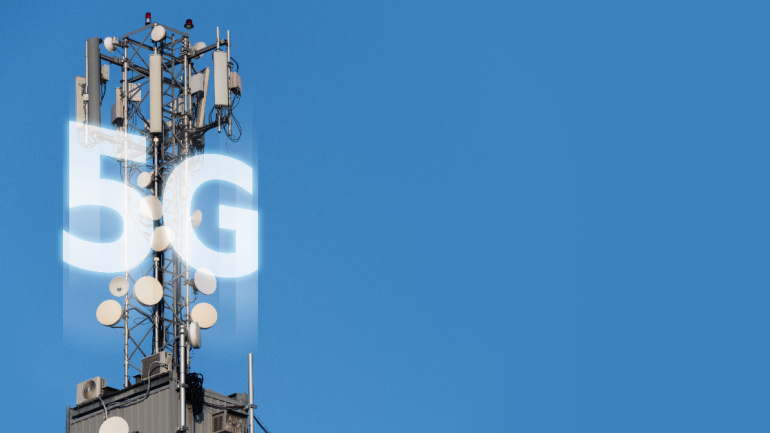In a groundbreaking development, Casa Systems, a prominent fixed and mobile vendor, showcased its prowess in extended spectrum (ESD) DOCSIS 4.0 technology. The company revealed that its virtual converged cable access platform (vCCAP) and Remote-PHY solution seamlessly integrate with third-party DOCSIS 4.0 cable modems, marking a significant milestone in the industry.
Mitratel is significantly expanding its telecom mast portfolio with the purchase of 803 towers from Gametraco Tunggal, marking a strategic move beyond Java Island. This $113 million acquisition not only increases Mitratel’s infrastructure landscape but also welcomes 1,327 new tenants. The company’s ongoing investment in fiber optic networks aims to enhance tower operations, and crucially support the anticipated deployment of 5G networks in Indonesia.
In a strategic move to meet the escalating demands of the 5G era and burgeoning broadband connectivity in India, Nokia has joined forces with Bharti Airtel for a significant overhaul of the optical network infrastructure. The project aims to deliver ‘massive capacity,’ enhanced reliability, and cost efficiency for enterprises, operators, and hyperscalers in the region.
Japanese telecommunications giant NTT Docomo is set to revolutionize its commercial network with the adoption of Nokia’s Open RAN compliant 5G AirScale baseband kit. The comprehensive deployment includes both Centralized Unit (CU) and Distributed Unit (DU) software, emphasizing Nokia’s industry leadership in the mobile communication sector.
The Global Satellite Operators Association (GSOA) is enforcing a behavior code for satellite operators, addressing the pressing issue of space debris caused by escalating satellite broadband services. The industry aims to advance its responsibility through shared best practices to preserve space access. This action, however, fuels debate over unendorsed practices, potential impacts on astronomy, and the proposed spectrum restraint at the upcoming World Radiocommunication Conference.
Italian telecom provider Wind Tre faces hurdles in selling infrastructure due to complex 5G network sharing negotiations with rivals Iliad and Fastweb. CK Hutchison delays the deal closure by three months to February 12, citing challenges with Iliad and Fastweb. Meanwhile, Indosat Ooredoo Hutchison’s $6 billion merger in Indonesia with Huawei’s support achieves significant growth. France’s Orange introduces satellite broadband, while Norway’s Telenor sells its satellite operations. FCC’s new broadband rules target discrimination, raising concerns of unintended consequences. Mavenir and Nokia achieve remarkable Open RAN interoperability, overcoming past criticisms and showcasing commitment to multi-supplier systems.
Unveiling an intriguing alliance, Liberty Latin America plans to sell 1,300 mobile tower sites to Phoenix Tower International for $407 million, paving a strategic path toward debt reduction and further enterprise investment. This comprehensive deal, incorporating markets from Panama to Puerto Rico, uniquely positions PTI in the telecom landscape and underscores Liberty Latin America’s focus on mergers and acquisitions to amplify its regional impact.
In a strategic move to bolster its mobile network, Australia’s premier telecom firm, Telstra, acquires local operations of small cell provider Dense Air. Both financial details and timelines of the transaction remain veiled. This comes after the Australia Competition Tribunal blocked Telstra’s partnership with TPG, favoring competition and avoiding regional coverage setback. While rivals speculate, Dense Air’s retreat from Trans-Tasman markets coincides with Sidewalk Infrastructure Partners’ takeover. This deal provides Telstra’s network expansion plans with crucial additional spectrum capacity.
An enthusiastic exploration of advancing telecommunication technologies, particularly 5G and its bigger sibling, 5.5G, was recently exhibited by Huawei’s Antenna Business Unit President, Eric Zhao. Eric emphasizes how competent R&D pursuits are imperative to propel antenna performance, a critical aspect in 5.5G proliferation. He highlights the enhancement of user experience, operational efficiency and service extension as key objectives. Moreover, Huawei’s strides in working towards the goals of unrestricted deployment, zero signal loss, and ‘zero touch’ O&M demonstrate their ambition. Yet, the journey towards these ambitious targets is far from over.
As 5G Fixed Wireless Access (FWA) evolves with its next phase, 5G Advanced, worldwide research indicates growth and potential for higher speeds and reduced latency. The Middle East currently showcases impressive progress with over 1.6 million 5G FWA users. Yet, debates exist over its future, exploring whether 5G FWA will remain an affordable alternative to fixed broadband or tap into its speed for new applications. Moreover, cost is a concern for Customer Premises Equipment (CPE) devices, considered a current hurdle in advancing 5G FWA.













